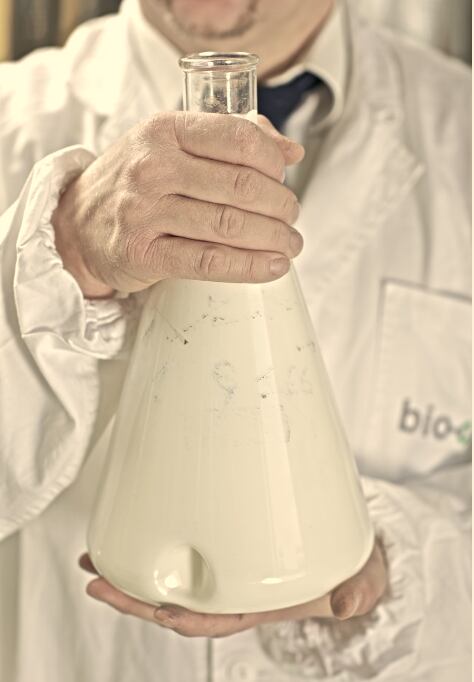The company said it is working on different grades of product to replace plastics currently used in the food packaging sector.
Many have already been made with global food and beverage companies, but details remain confidential ahead of commercial product launches, Marco Astorri, CEO of Bio-on told FoodProductionDaily.com.
Licence of PHA tech
Bio-on create the polyhydroxyalkanoate (PHA), which is a polymer of the polyester family, then licence the technology to the interested firm and a plant is built by Techint Engineering and Construction after the firms formed a partnership last year.
The PHA bioplastic is 100% naturally-biodegradable and made using waste materials from sugar beet and cane production, said Bio-on.
Astorri told us that the process works by natural aerobic bacteria fermentation.
The bacteria feed on waste carbon sources (sugar beet or sugar cane molasses) and after about 30-40 hours they produce an energy reserve inside their body, in the same way humans accumulate fat, he explained.
“We then implement our entirely natural process (and without using polluting solvents); we extract the PHAs, dry it, extrude it and transform it into pellets, which are then used in injection and extrusion in the machines customarily used with oil-based plastic.”
Bio-on claims it has discovered how to use it to replace polypropylene (PP), polyethylene (PE) and polyethylene terephthalate (PET) from the technology it has been developing since 2007.

Source and biodegradability
Astorri said they use agricultural waste because it makes no sense to grow grains in order to produce plastic or fuel when there are by-products and carbon sources that can be used for making biopolymers.
Real biodegradability exists only if it is natural (not induced) and in soil and water, adding that composting is interesting, but does not provide a full solution.
If a biopolymer is not fully biodegradable in water and soil, it has limitations, he said.
“We do not compare ourselves at all with what has been done in recent years in the world of biopolymers and PHAs. Everyone is talking about PHAs, but they do not fully know [the] potential.
“We have discovered some very interesting things thanks to the large quantities of product we have available for use in our research.
“New regulations will certainly be introduced in the coming years. We hope they will be even more stringent so that truly biodegradable biopolymers can be made available to users.”
The size of plants to produce the material is variable and depends on the reference market and the product created.
Two types of facility have outputs of 2000 and 10000 tonnes per year but plants in France, Germany, Switzerland, Italy, Poland, USA, Russia and UK are planned depending on market deals.
